Urban development substantially changes the dynamics of waterways and the water cycle in catchments. Under natural conditions, a large amount of rainfall soaks into the ground to replenish groundwater and provide a source of water for plants. Once impervious or hard surfaces such as roads and roofs are introduced to a catchment, the opportunities for infiltration are greatly reduced. Instead water runs off into creeks and rivers, carrying with it a range of urban stormwater pollutants and litter, and increasing the potential for in-stream erosion.
Urban stormwater contains nutrients such as nitrogen and phosphorus, sediments, litter and other pollutants such as herbicides and pesticides, detergents, hydrocarbons (eg oil and grease, petrol and diesel), and sometimes more toxic contaminants from accidental (or deliberate) spills from industries. Many people are unaware that the stormwater drains near their houses or businesses drain directly into rivers or streams and do not think twice about tipping that bucket of soapy water or that leftover paint down the drain.
Severe ecological harm can be caused by these substances. Fine and dissolved substances can be taken up by aquatic plants and animals and kill them directly, or can smother important areas or aquatic habitat or impact on water quality.
Solutions
Water sensitive urban design (WSUD) is an holistic approach to the planning and design of urban development that aims to minimise negative impacts on the natural water cycle and protect the health of aquatic ecosystems. The principles of WSUD include:
- protecting existing natural features and ecological processes (eg buffers of natural vegetation protecting waterways; natural channel design retained)
- maintaining natural hydrologic behaviour of catchments (eg limiting increase in stormwater volume by using natural drainage paths and infiltration basins);
- protecting water quality of surface and ground-waters (eg through treatment of stormwater before it leaves site);
- minimising demand on reticulated water supplies (eg rainwater tanks, grey water recycling, reductions in water use);
- minimising sewage discharges to the natural environment;
- integration of water into the landscape to enhance visual, social, cultural and ecological values (eg by minimising hard engineered surfaces, by creating rain gardens).
Many opportunities exist for WSUD elements to address more than one principle.

